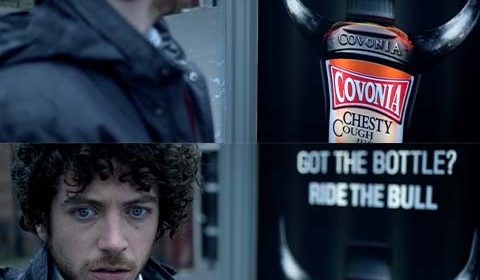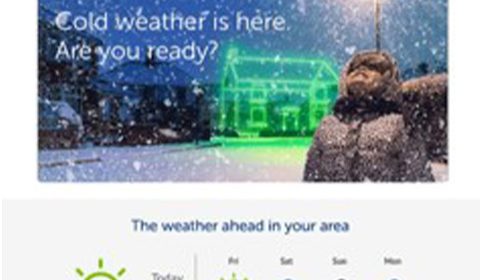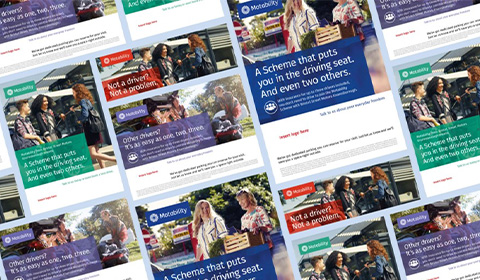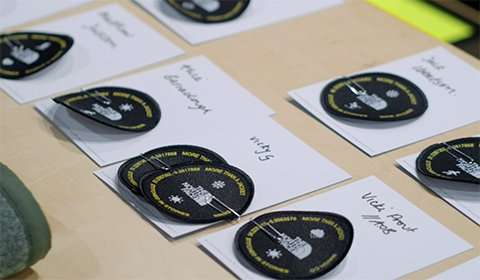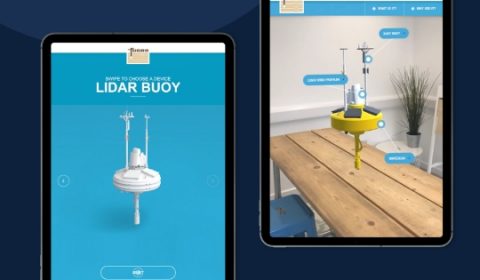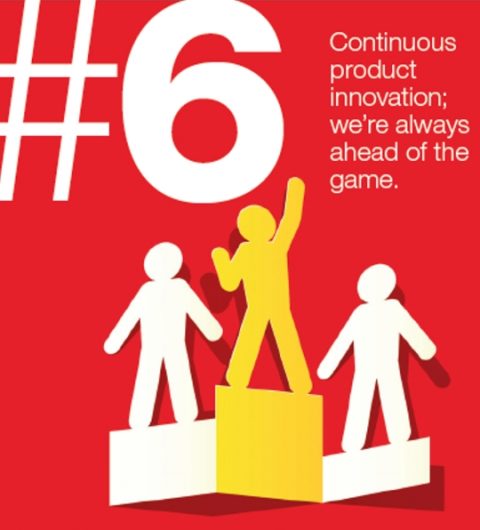Customer Mindset Mapping (CMM) is Soul’s tool that unmasks the non-conscious motivations for why people behave in the way they do. When you augment that understanding with how they behave (Recency Frequency Value analysis, decile ranking and engagement metrics), you have a powerful understanding of how to create new and different patterns of behaviour, or indeed scale current ones.
Take the Ted Baker Blue Moon ruffle blouse pictured below.

Thanks to Customer Mindset Mapping, we know the three different reasons why people in the UK, USA and beyond buy it.
There is one group of people – Peacocks – who buy it because as the name suggests they want to stand out. They want the adulation, for everyone to say ‘don’t you look a million dollars!’.
There’s another group of people – Boosters – who buy that very same top because the last thing they want to do is draw attention to themselves: they want to blend in with their peer group and they think buying that top will do that.
Then there is a third group of people – Social Conductors – who buy that very same thing because they want to influence what their group thinks, feels and does. And they know what they wear gives greater impact to what they say.
Three groups of people buying the very same top for very different reasons.
To create the mindsets MISSION Agencies Soul and Innovation Bubble worked together to create the bespoke questionnaires for customers to complete that unearth the conscious and non-conscious behavioural drivers and motivations. Those drivers transcend age, sex, gender and nationality. The mapping bit of CMM means that we put all non-surveyed customers into their appropriate mindset without having to engage them.
When we tested the Ted mindsets against the existing CRM programme in the UK and the USA, we increased click through to sales by 52%.
This is the standard pack, with a ‘one size fits all’ letter.
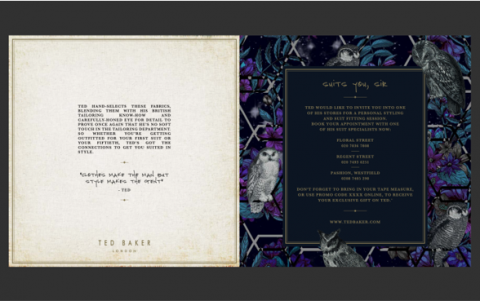
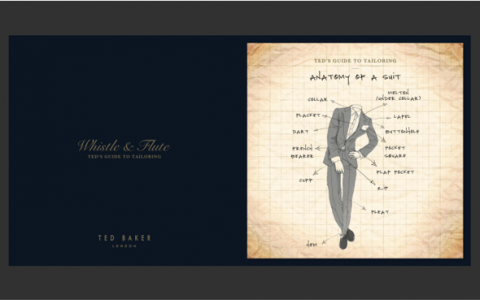
The letter copy was then ‘tailored’ to mindsets in the opening paragraph.




